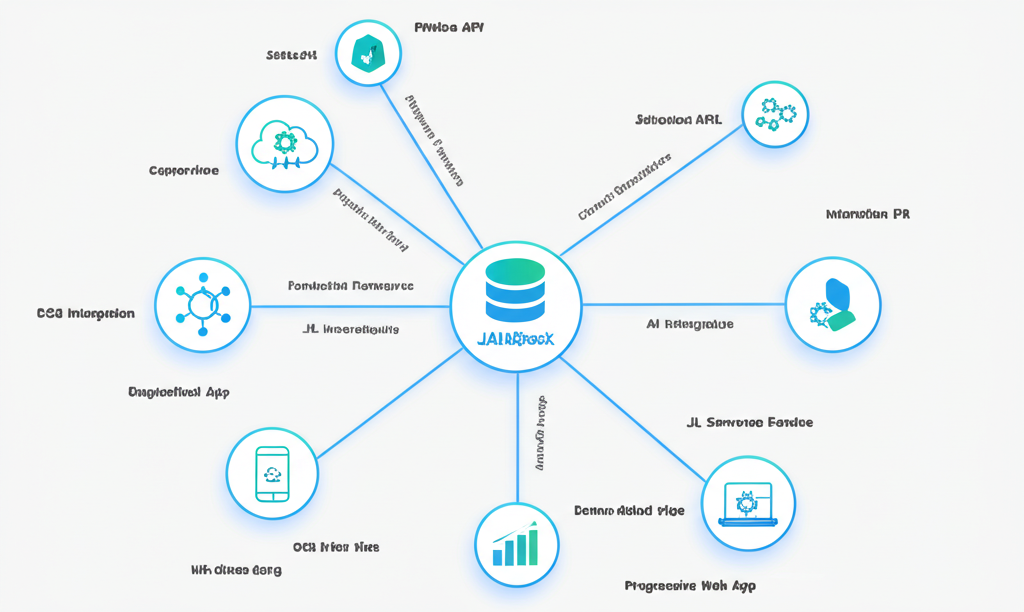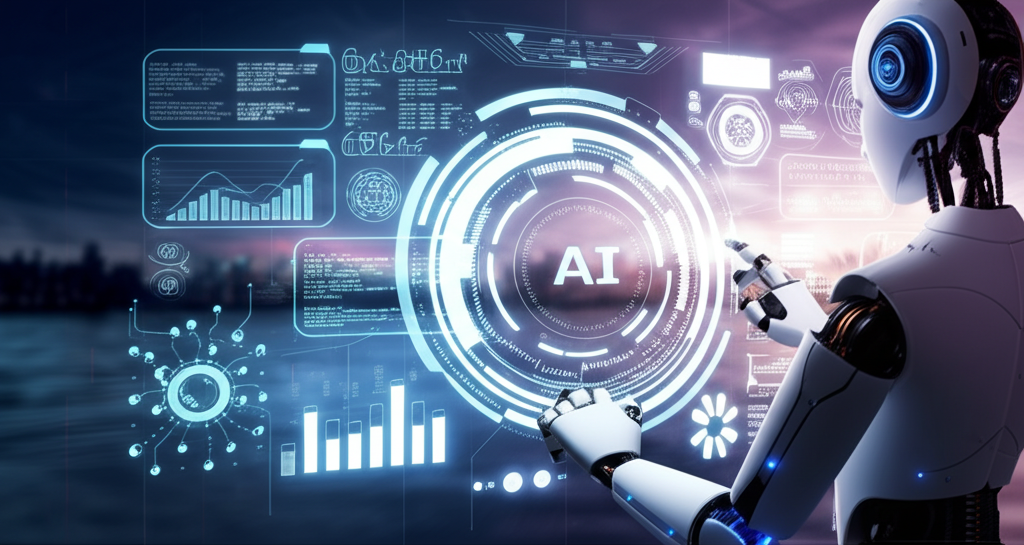The web development landscape is constantly evolving, with new technologies, frameworks, and methodologies emerging at a rapid pace. As we look ahead to 2025, several key trends are poised to reshape how we build and interact with web applications.
1. WebAssembly (Wasm) Goes Mainstream
WebAssembly has been gaining traction for years, but 2025 will be the year it truly goes mainstream. With near-native performance capabilities, Wasm is enabling developers to run complex applications in the browser that were previously only possible as native apps.
Key developments to watch:
- Integration of WebAssembly with more programming languages
- Improved tooling and debugging capabilities
- Broader adoption in enterprise applications
2. AI-Driven Development
Artificial intelligence is no longer just a feature we implement in applications—it's becoming an integral part of the development process itself. AI-powered tools are helping developers write better code, identify bugs before they reach production, and even generate entire components based on simple descriptions.
"AI isn't replacing developers; it's supercharging them. The most successful development teams in 2025 will be those that effectively leverage AI as a collaborative partner in the development process."
3. Edge Computing Becomes Standard
The shift toward edge computing continues to accelerate, with more processing moving closer to where data is generated. This trend is reducing latency, improving performance, and enabling new types of applications that require real-time processing.
4. Micro-Frontends Architecture
As web applications grow in complexity, the micro-frontends architecture is gaining popularity. This approach extends microservices principles to frontend development, allowing teams to build and deploy UI components independently.
5. Progressive Web Apps (PWAs) 2.0
PWAs have been around for a while, but they're evolving to offer even more native-like experiences. With improved API support and better integration with device features, PWAs in 2025 will blur the line between web and native applications even further.
6. Serverless Architecture Evolution
Serverless computing continues to evolve, with more sophisticated orchestration capabilities and better developer experiences. The focus is shifting from individual functions to comprehensive serverless applications.
7. Web3 and Decentralized Applications
While the initial hype has settled, Web3 technologies are maturing and finding practical applications. Decentralized applications (dApps) are becoming more user-friendly and addressing real-world problems beyond cryptocurrency.
8. Accessibility as a Priority
Accessibility is no longer an afterthought but a fundamental aspect of web development. In 2025, we'll see more tools, frameworks, and standards that make building accessible websites easier and more integrated into the development workflow.
9. Real-time Collaboration Features
Inspired by tools like Figma and Google Docs, more web applications are incorporating real-time collaboration features. This trend is expanding beyond document editing to include a wide range of applications.
10. Sustainability-Focused Development
As awareness of the environmental impact of digital technologies grows, web developers are increasingly focusing on building more energy-efficient applications. This includes optimizing resource usage, reducing unnecessary data transfer, and considering the carbon footprint of hosting choices.
Conclusion
The web development landscape of 2025 will be characterized by increased performance, intelligence, and user-centricity. Developers who stay ahead of these trends will be well-positioned to create innovative, efficient, and impactful web experiences.
What trends are you most excited about? Are there any we missed? Let us know in the comments below!





